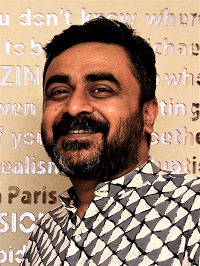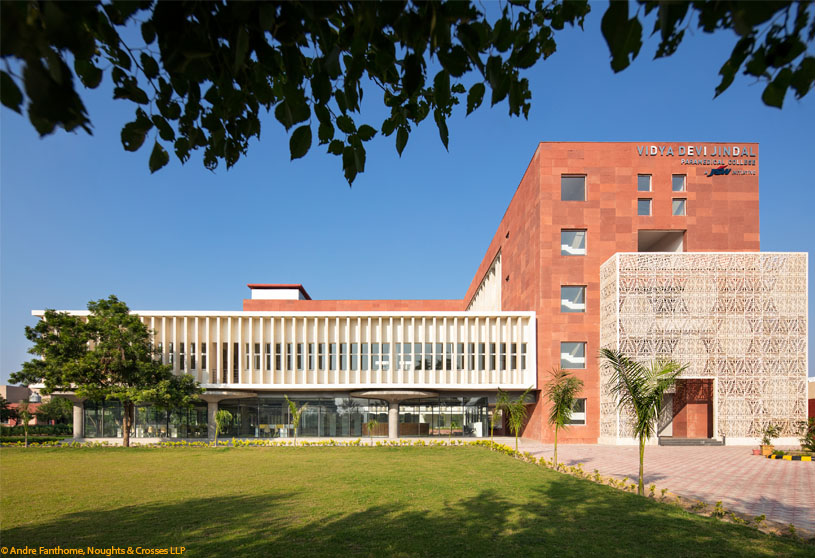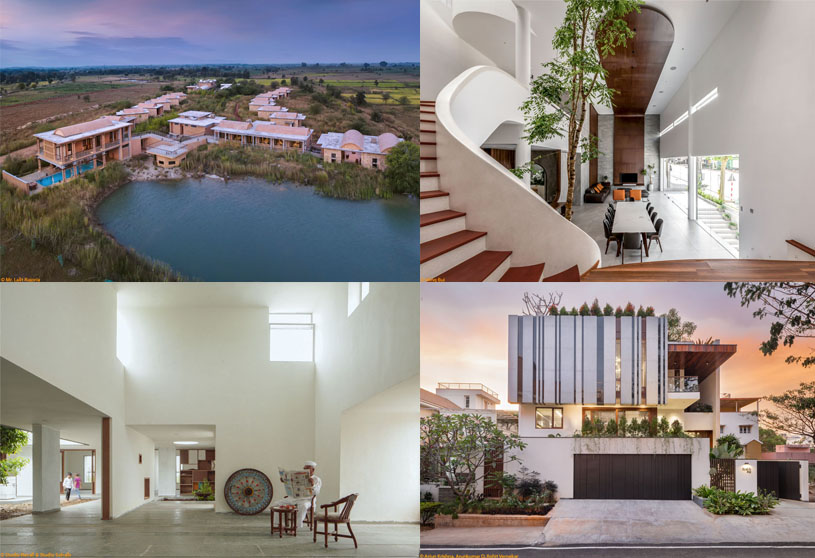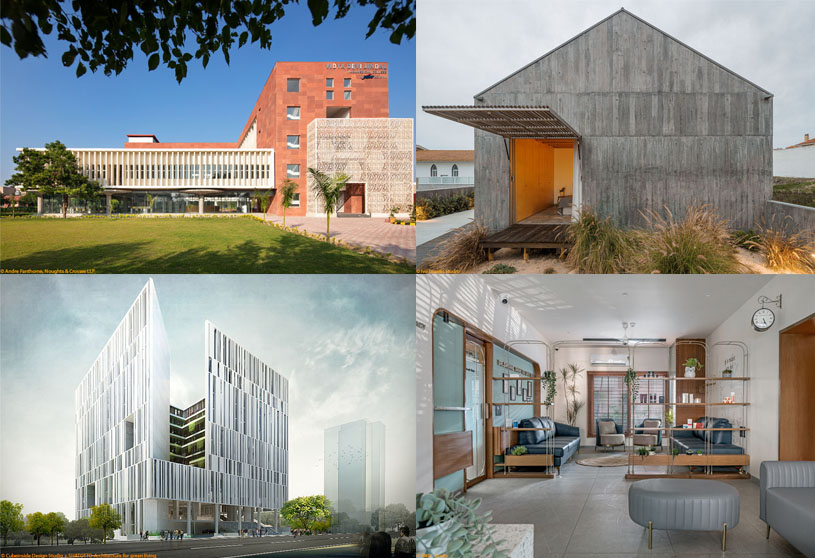(“Text as submitted by architect”)
 Suditya Sinha
Suditya Sinha
He is the design and management core of the team, where his competence with the actual business of crafting built form and producing tangible and realistic solutions are key assets. Suditya has led the delivery of complex, award-winning projects with his technological, construction, legal, and financial acumen. Suditya has served on the management teams of various companies while being continuously engaged with young architects and design start-ups as a mentor and educator.
 Moulshri Joshi
Moulshri Joshi
She has taught at the School of Planning and Architecture and represents TICCIH, the International Committee for Conservation of Industrial Heritage, in India. She is a core member of mAAN, the Modern Asian Architecture Network. Since 2005, Moulshri has been involved in the remediation and revitalization of the site of the Bhopal gas tragedy. She has lectured extensively on the potential and problematic notion of industrial heritage in India. Her current work, ‘The Tenth Delhi, looks at contemporary urban development in Delhi.
 Amritha Ballal
Amritha Ballal
She has taught at the School of Planning and Architecture, Delhi, and is the co-editor of the international publication ‘Bhopal 2011: Landscapes of Memory, which explores themes of spatial memory through the case of the Union Carbide tragedy site in Bhopal. Amritha was nominated for the Rolex Arts Foundation Mentor Protégé Initiative in 2014 and named in the annual international shortlist of emerging woman architects in Architecture Journal, UK, in 2013.
Practice Ideology
SpaceMatters was established in 2005 in New Delhi by Amritha Ballal, Moulshri Joshi, and Suditya Sinha, friends, collaborators, and alumnus of the School of Planning and Architecture. At that time and now, over a decade and a half into practice, SpaceMatters remains one of the few first-generation, women-led practices in the country.
‘SpaceMatters’ is both a commitment and a critique. They create space anew to affect change while analysing it through a spatial lens. This is the reason their practice combines built and ‘unbuilt’ work, moving deliberately away from patenting a style. Their work is highly textured and spans across scales, contexts, and media.




